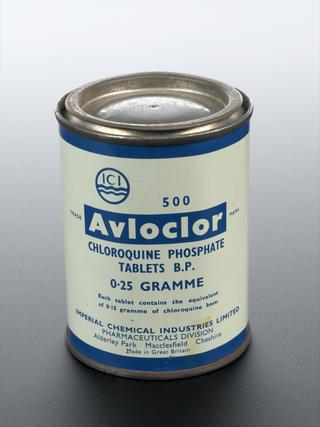
Sample of liquid archill dye
- Made:
- 1870s
Sample of liquid archill dye, one of five specimens, British.
Archilll (also known as orchil) is a type of naturally derived chemical dye. It is extracted from lichens using ammonia and produces a purple colour. Archilll has been used for thousands of years, partly as an alternative to the very expensive Tyrian purple shellfish dye. Lichen dyes were popular because the dyeing process didn’t require mordant to help bind the pigment to the fabric. This was an advantage because mordant can have a negative effect on delicate fabrics like silk.
This sample was one of a group originally loaned to the South Kensington Museum for the 1876 Special Loan Collection of Scientific Apparatus. They were loaned by Yorkshire chemical manufacturers W J Norris and Brother. The 1876 Special Loan Collection was large collection of scientific instruments which was exhibited at the South Kensington Museum in 1876 and was a major cultural event at the time. This collection and the subsequent permanent exhibition of 1885 demonstrate the increasingly important role science was playing in Victorian culture and society. Along with the collection of the Patent Office Museum, many objects from the Special Loan Collection formed the founding collections of the Science Museum when it became a separate institution in 1909.
This small sample of dye is historically significant. Naturally derived dyes continued to be used even after William Henry Perkin’s discovery of Mauveine in 1856 kickstarted a boom in synthetic dyes. The practice and process of science is not linear or simple. Old and new technologies often coexist for a variety of social, cultural and economic reasons. Natural dyes are also making a comeback in the 21st century due to increased awareness of the environmental impact of producing synthetic dyes.
Details
- Category:
- Industrial Chemistry
- Object Number:
- 2021-162
- type:
- chemical specimen
- credit:
- Norris, W.J. and Brother




